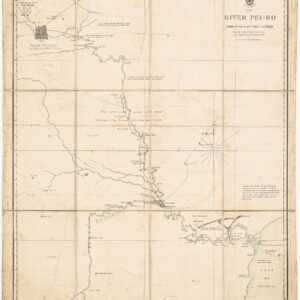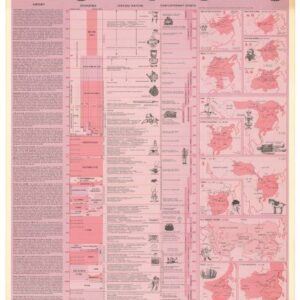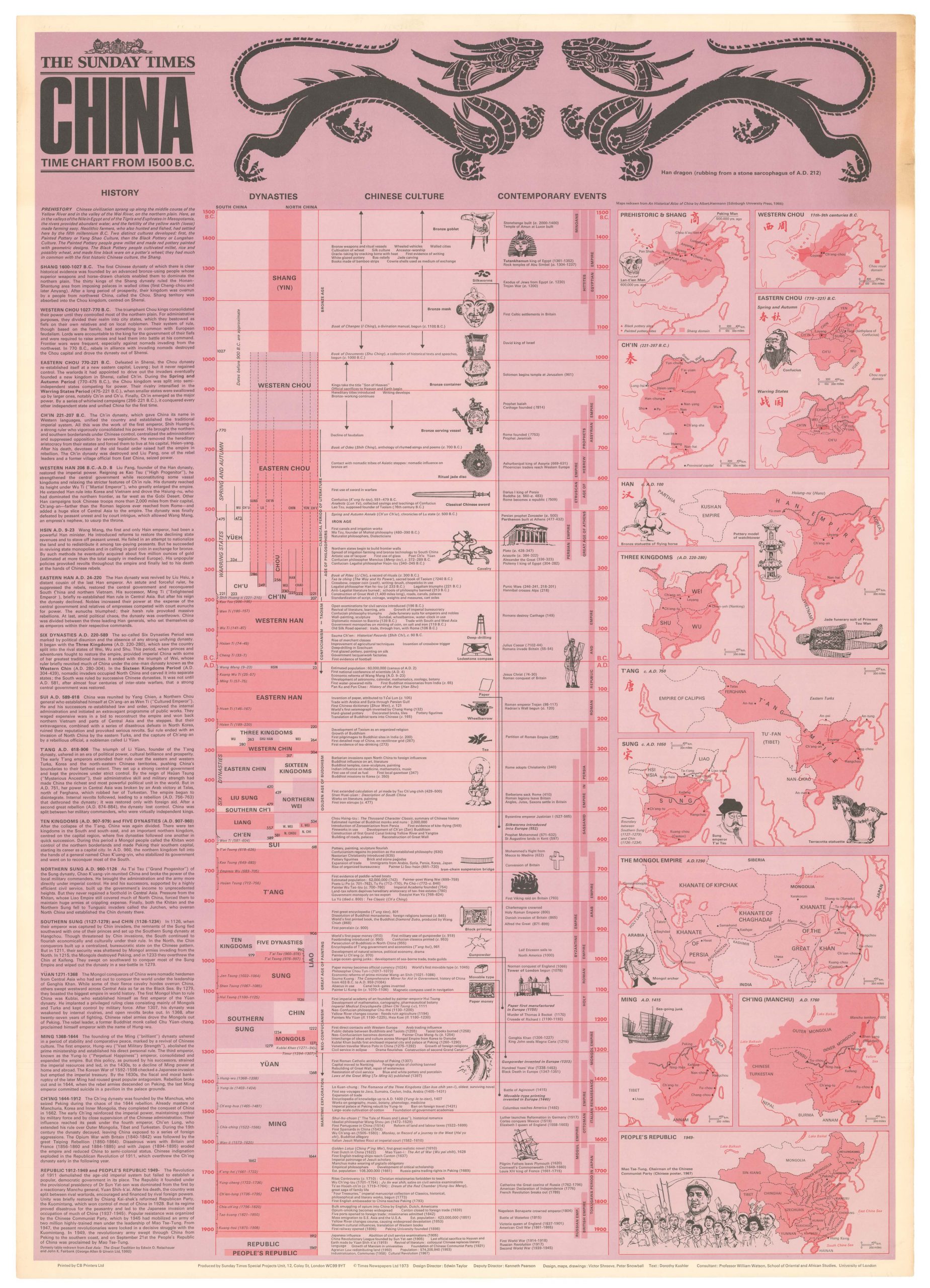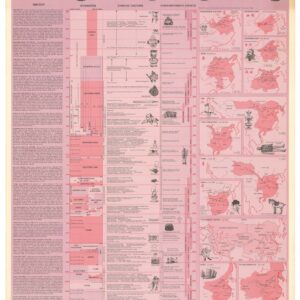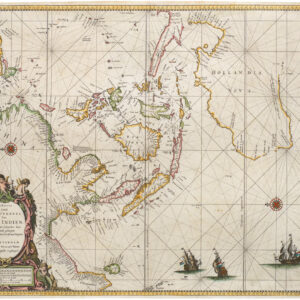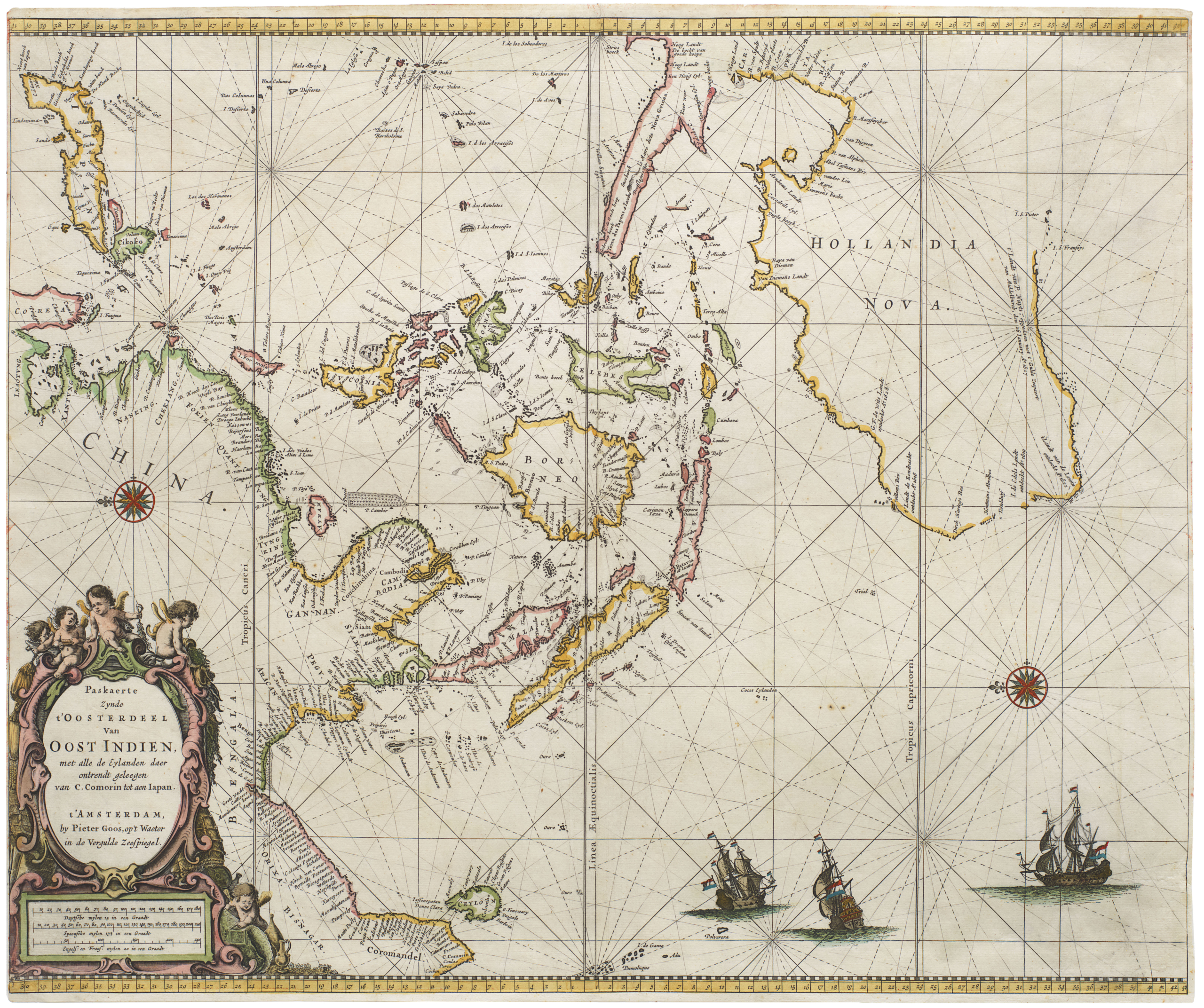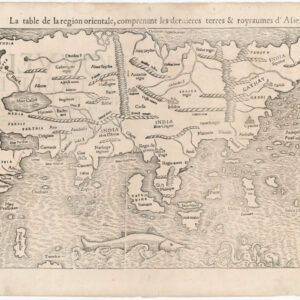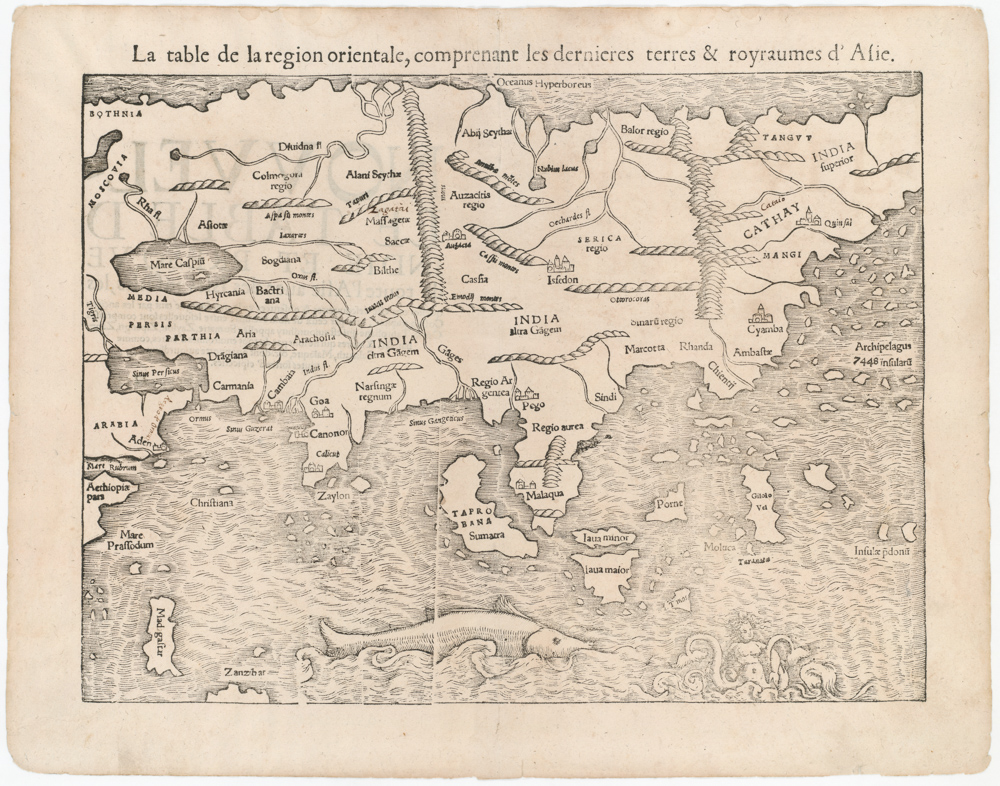Massive 4-sheet 1923 French colonial map of Tonkin illustrating the evolving French road and rail network in northern Vietnam.
Carte Routiere du Tonkin.
$1,800
1 in stock
Description
Few institutional examples.
This is a striking 1923 four-sheet map of Tonkin in French Indochina (northern Vietnam) produced by the colonial Service des travaux publics. Reaching nearly 4 feet by 5 feet when combined, the sheets reflect the efforts of French colonial administrators to improve roads to facilitate transportation, trade, and the movement of military forces in the region.
As the legend on the bottom-left sheet indicates, the map is primarily concerned with the location and quality of roads and dikes, their ability to handle automobiles, and their passability in different conditions, particularly in the monsoon-driven rainy season (May to October). As a note in the legend explains, the numbers alongside roads refer to their numeric classification and not distances. The major Routes coloniaux are labeled.
Land usage is also indicated with patterns demonstrating forests and rice paddies, and color-shading is used to display elevation, with the significant variation between the Red River Valley and the highlands to its north and west being readily apparent. Cities and towns, postal and telegraph offices, ferry launches (bac), customs and forestry posts, the location of mineral resources, and waterways are all recorded. The city of Điện Biên Phủ in the Mường Thanh Valley, where French colonial forces would be besieged and defeated in 1954, appears at far left.
Railways are traced, including the Tonkin portion of the Kunming-Haiphong Railway, an imperial prestige project and engineering marvel constructed between 1904 and 1910 (at the cost of hundreds of workers’ lives) that the French hoped would be their gateway to profiting from the vast Chinese market, which was their aim when they first advanced in Tonkin in the mid-1880s. Although never fulfilling these lofty ambitions, the railway did drastically cut travel time between Hanoi and Haiphong, as well as between Hanoi and Kunming, and expanded French influence in Yunnan and Guangxi Provinces. The line leading south from Hanoi to Thanh Hoa would eventually be linked with Saigon in 1936, creating a railway linking all three provinces of French Indochina, which became part of independent Vietnam.
Context is everything
In the early 20th century, the French colonial administration in Tonkin undertook significant improvements to the region’s road network, transforming it from a fragmented system of local paths into a more integrated network of modern routes. These efforts were part of France’s broader program of infrastructural development across Indochina, but in Tonkin, they carried a distinct military and security purpose. Roads were widened, graded, and in some cases paved to facilitate the movement of motor vehicles, allowing French troops and gendarmes to quickly enter the countryside to suppress uprisings, monitor rural communities, and secure the northern frontier against incursions from southern China. These had been persistent problems in the recent past, as France fought an assortment of rebels, bandits, and seaborne pirates, including remnants of the Black Flag Army, until the very end of the 19th century.
The improved network linked garrison towns, administrative centers, and key markets, serving both to facilitate economic integration and to strengthen the colonial state’s coercive reach. For French authorities, the road system was as much a tool of control as of commerce, ensuring that military columns could project force into even remote areas with unprecedented speed.
Census
This is the second edition of the map, with the only other institutional example being held by the Bibliotheque nationale de France. The National Library of Australia holds the first edition from 1921, and later editions from 1926, 1928, and 1932 are held by the BnF and a small handful of other institutions (a 1935 edition was also seemingly printed but does not appear in institutional collections).
Cartographer(s):
Condition Description
Very good. Some toning and wear along fold lines.
References
